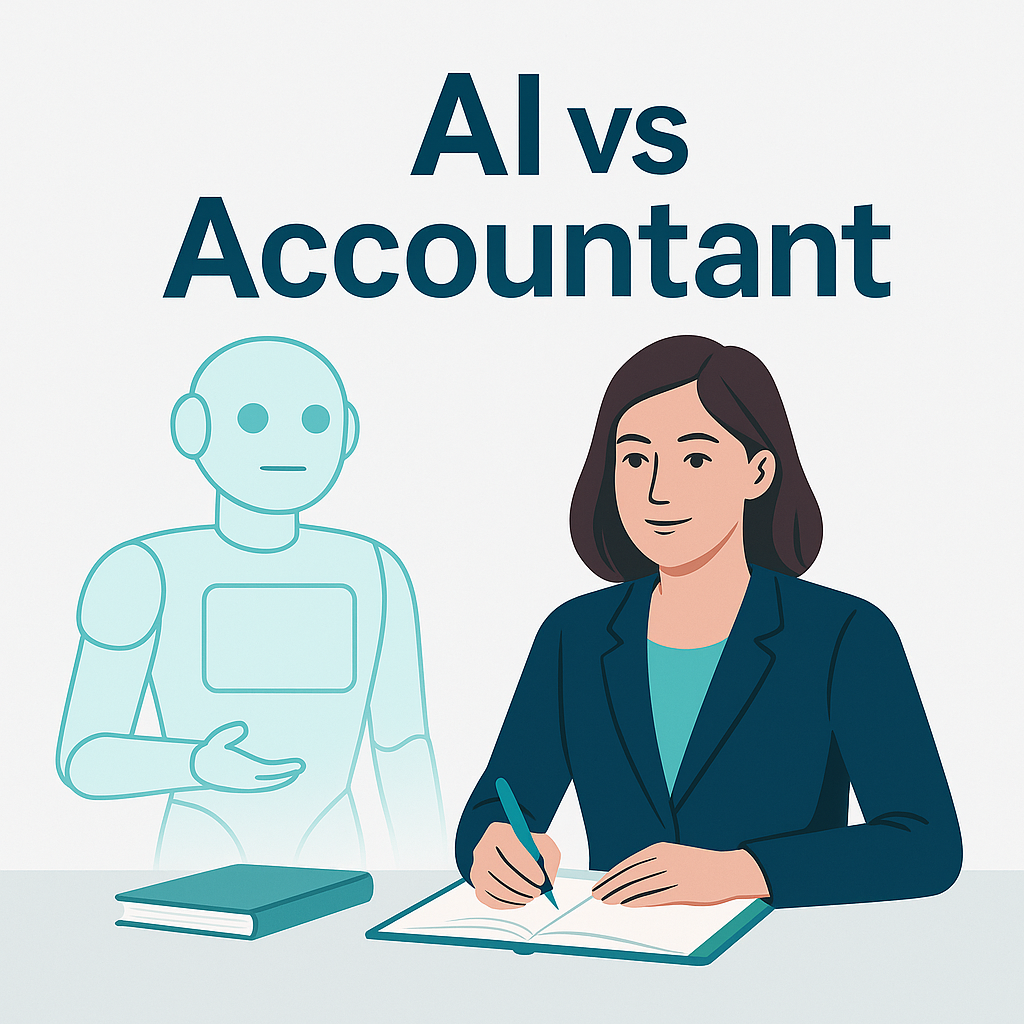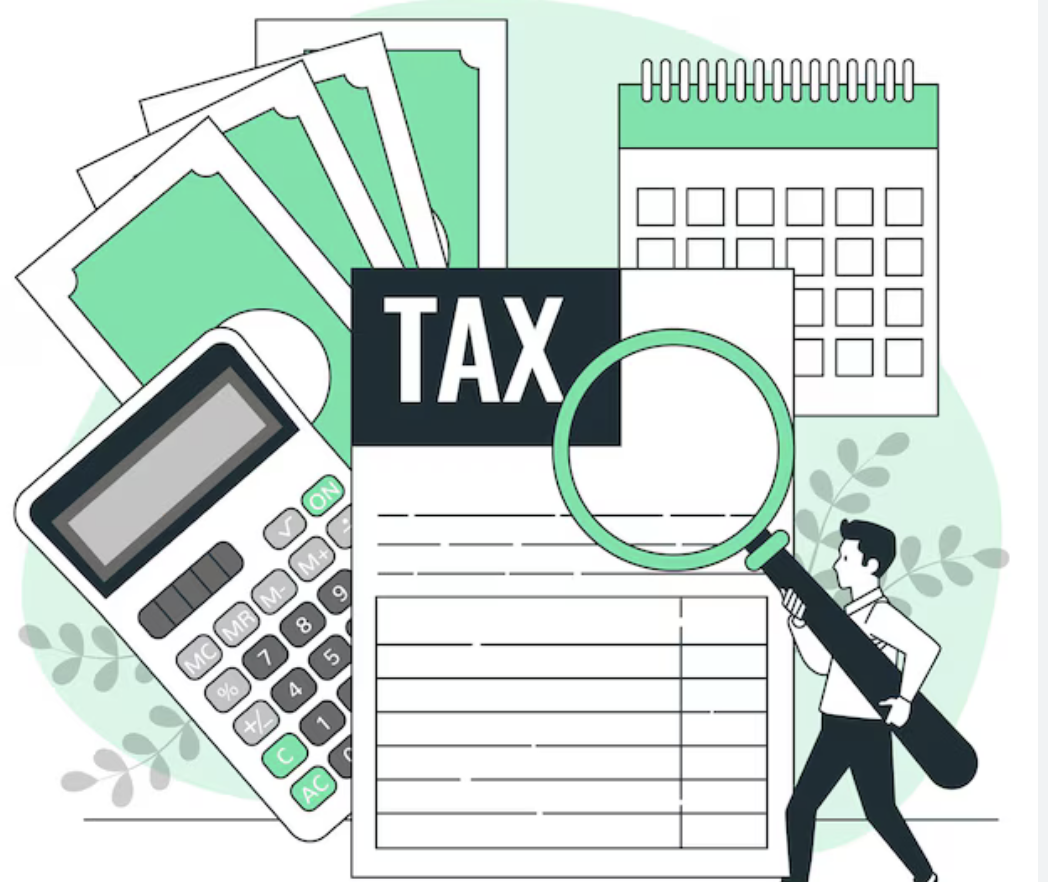In our previous blog, we wrote about Dave and Vicky, a married couple running a successful limited company, despite only forming their marketing consultancy company two years ago. However, they were in a bit of a mess with their finances.
In this blog, we outline one of the ways we helped this lovely couple get back on their feet and gain control of their finances.
The Buckhams were making good money, but every month, whatever came in, went straight out. Vicky admitted to having a love of fashion and an excessive online shopping habit. Dave, a keen sports player; loved various sports including football, golf and cricket and found himself regularly spending large sums of money on new kit.
Dave and Vicky had also taken four overseas family holidays in the past 12 months alone, believing the money in the business was theirs to spend – until the tax man told the Buckhams they owed thousands. They were utilising credit cards to pay the bills. They knew they needed to gain control of their personal spending and understand their business finances properly.
The Buckhams weren’t used to owning a limited company and having received no guidance from their previous accountant, they got into a bad habit of spending money freely. Having both been employed in the past, they were used to spending whatever money was in the bank as their taxes had already been paid.
When the tax bills landed, it was always a shock. They felt like they were working hard but never getting ahead financially.
They wanted to apply for a mortgage and to improve their family lifestyle, but they needed an additional £3,000 per month (after tax) from the company to do everything they wanted, an extra £36,000 per year.
Between them, the Buckhams were taking home £70,000 already so with the extra £36,000, this was going to give them the total household income of £106,000 needed (£53,000 each).
They asked us for help with crunching the numbers and how much business income would be needed to generate the additional cash.
Here’s what we came up with:
Dave and Vicky both receive an annual salary of £12,570. They needed dividends of at least £40,430 each, to give them a total income of £53,000 each per year.
To allow for the dividend tax that they would need to pay personally (with some of their dividends being taxed at the higher tax rate of 33.75%), they needed to receive dividends from the company of £47,000 each.
The personal dividend tax payable on £47,000 was £6,394 so the net cash in their pocket was only £40,606 each. A salary of £12,570 and a dividend of £40,606 gives each of them £53,176 per year (total household income of £106,352). A little over what they need but Vicky said she had her eye on a new pair of Christian Louboutins so any extra would be useful.
Let’s see how that looks for the company….
We need to consider company corporation tax, because the company will be taxed on the profits before the £47,000 dividends can be distributed to Dave and Vicky.
Dave and Vicky’s company needs net profit of £122,078 to cover a dividend of £47,000 each AND the corporation tax payable on company profits (with a marginal corporation tax rate of 23%).
We’ll add back their salaries (2 x £12,570 = £25,140) and £5,000 of business running costs onto the net profit to give us a gross profit of £152,218.
With their consultancy work, the average client value is £14,400 each year and their business operates at a 60% gross profit margin.
With a 60% gross profit margin, the Buckhams need to generate £253,700 of annual sales. Divided by the average client value of £14,400, this means they need 18 clients.
£253,700 of annual sales will allow Vicky and Dave to receive the personal income they need and for the business to cover the corporation tax liability. Knowing exactly how much their personal income is, has helped the Buckhams budget far more carefully. We also worked with them to ensure that the amount of sales was achievable AND how they were going to achieve it through a well-planned marketing strategy.
Their next tax bill is already planned for – no stress! Their mortgage application looks stronger and the Buckhams finally feel in control of their finances instead of constantly reacting to surprises. Vicky has also created a separate pot of money to save for her Christian Louboutins.
If you’re running a business but struggling to make your hard-earned cash actually work for you, we can help. Let’s get your finances working for your life goals – not against them.
Be more Buckham….
For advice on your Limited Company Call The Accountancy Office on 01386 366741 or book a call for a time to discuss that is convenient for you.








